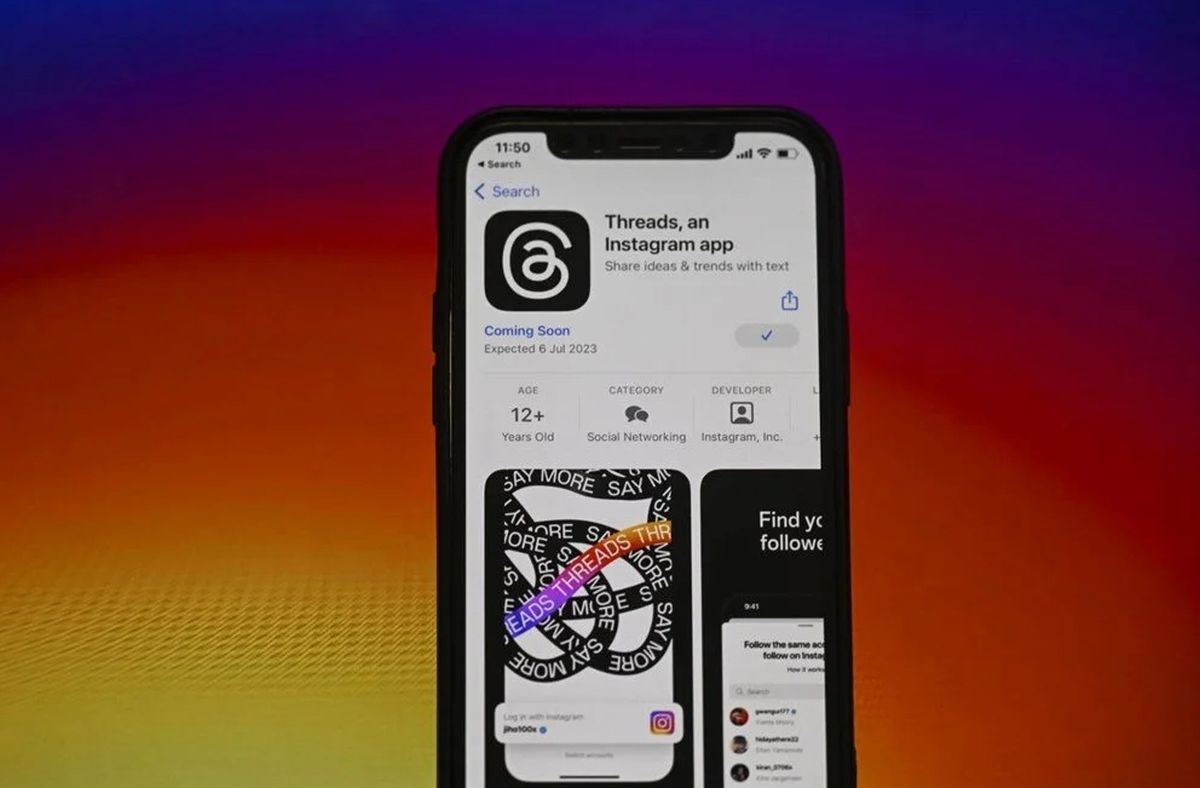Adobe Discontinue Flash for Mobile Devices

The world has been wondering what the next move would be in the stand-off between HTML5 and Adobe's Flash Player. Apple has always resisted Flash on the iPhone and iPad demonstrating that it runs slowly on the Mac and citing security concerns, many of which are valid. Despite this Flash still has many fans and didn't appear to be losing any traction. This is despite Microsoft's announcement that the new Metro version of IE10 for Windows 8 would be HTML5 all the way and not support any plug-ins at all.
Now though Adobe have signalled the beginning of the end for Flash by announcing that they are to discontinue development of the Flash player for Blackberry and Android devices. In a press release the company signalled their the future would be HTML5 and their existing AIR runtime environment.
Our future work with Flash on mobile devices will be focused on enabling Flash developers to package native apps with Adobe AIR for all the major app stores. We will no longer adapt Flash Player for mobile devices to new browser, OS version or device configurations. Some of our source code licensees may opt to continue working on and releasing their own implementations. We will continue to support the current Android and PlayBook configurations with critical bug fixes and security updates.
Over the past two years, we've delivered Flash Player for mobile browsers and brought the full expressiveness of the web to many mobile devices.
However, HTML5 is now universally supported on major mobile devices, in some cases exclusively. This makes HTML5 the best solution for creating and deploying content in the browser across mobile platforms.
We will no longer continue to develop Flash Player in the browser to work with new mobile device configurations chipset, browser, OS version, etc.) following the upcoming release of Flash Player 11.1 for Android and BlackBerry PlayBook.
Flash, which was born FutureSplash, has become the bedrock of video and interactivity online. Quite simply it is the only plug-in to have ever reached nearly 100% adoption.
Questions will also be raised over the future of Flash for OS X and Windows. It is very likely that these too will be discontinued before too long, and probably before the launch of Windows 8.
What the future of the web will now look like with HTML5 and scripting replacing the compiled code of the SWF file format remians to be seen. Many popular websites have been shying away from Flash in recent years to return to more traditional interface types. It is possible that the withdrawal of Flash from the Internet won't even be noticed as websites such as YouTube complete their transition to true HTML5.
This does mean that devices that have been waiting for the arrival of Flash, including Windows Phone, will now never see it and can begin the full move to HTML5 in earnest; Windows Phone now has an HTML5 browser with the latest update.
Advertisement





















I believe that this is a huge step backward for web design and the web itself.
If there’s one thing that makes Flash stand out from all of the “alternatives” like HTML5, AJAX, Javascript, etc, it’s that you could really create a “desktop application experience” in a self-contained file that would run on virtually any desktop web browser. Additionally, with Flash, you didn’t have to worry that your line of actionscript code wouldn’t run on the latest version of FireFox or an old version of IE. Flash was a great “universal” player which allowed designers to focus more on the user experience rather than spending time making sure that boxes lined up the same in all browsers (like we do with CSS/HTML all the time).
HTML5, Ajax, Jquery, Canvas, Javascript are all very cool technologies but in my opinion are not a replacement for Flash and will never be able to do seamlessly what Flash was able to do from the beginning.
I also foresee big networks that stream premium video now switching over to either a 3rd party plug-in (silverlight possibly) to better control and protect their video and revenue stream from ads. Youtube may even have to go along this route in order to ensure that users will still be forced to view their ads. With HTML5, it’s pretty much impossible to protect your streaming sources. With DOM manipulation being so easy, its only a matter of time before there’s a firefox plugin to skip HTML5 ads, download the source videos, etc. The bottom line is that while Flash wasn’t the most secure method for delivering video, HTML5 is a poor substitute method for implementing protected content streaming, and while that is good news for someone like me… it’s bad news for companies who control the content like Fox, NBC, ABC, etc…
I’ve also heard a lot of gripes about the security flaws within Flash. Of course there are security flaws… what mainstream software product doesn’t have them? Windows gets patched weekly for security fixes, browsers get patched all the time as well.
Finally, in this economy its sad to see that Adobe is going to be laying off just under 1000 people because of this. I feel sorry for the people who are losing their jobs in this economy and I feel sorry for the state of the web after Flash is gone and just another entry in Wikipedia.
Well, I could just see how Steve Jobs is laughing now (figurative speech) on this one. He did have a strong point on this and he was right. See for yourself http://www.apple.com/hotnews/thoughts-on-flash/
Flash is soo 1990’s …
I guess it’s good. As long as there are no interruptions in between the transition. I mean don’t stop Flash, make us wait five months, and then implement HTML5 (or whatever it will be) as a replacement. It should be seamless. One day I open the browser and it’s playing Flash. Then the next day I open it, and it’s playing HTML5. I should be like “Wow I didn’t even notice it changed. Nice!”
The sooner Flash pops its insecure clogs the better, hopefully taking Shockwave with it – and Java but can’t blame Adobe for that ;-)
Those 3 between them have the vulnerabilities market pretty sewn up so the sooner major sites move to pure HTML5 the better. Will take time but Apple have proved it is possible to use the web without Flash – their success in overcoming Flash has surely helped hasten Adobe’s pullout.